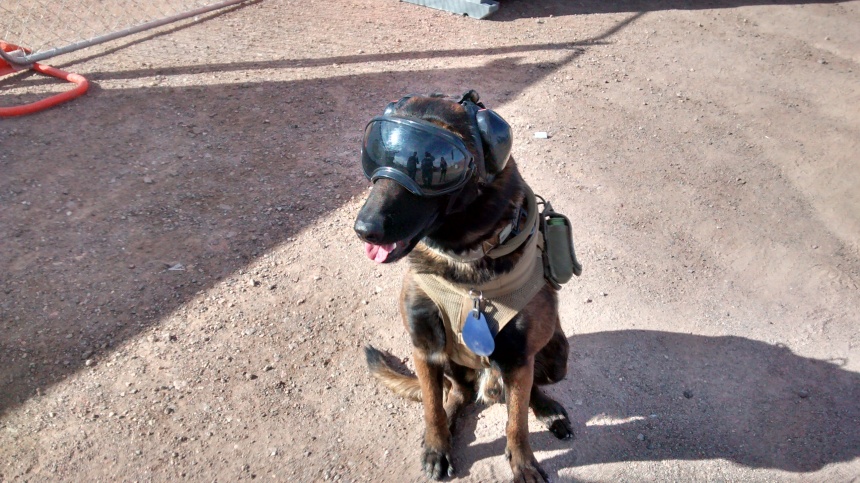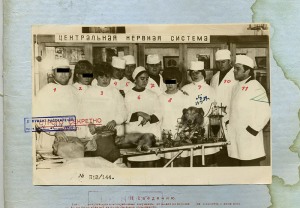Cammies, KA-bars and GSDs
“Marine War Dog and Handler, Vietnam, circa 1970”

Note the kennels in the background with the sandbagged roof. From the Craig Spraggins Collection (COLL/4154) at the Marine Corps History Division
Of note, the WMD handler is wearing the Marine Corps’ “lowland” variant of the ERDL camouflage uniform, which predated the much better known M81 woodland BDU by more than a decade. The Marine also has a standard M1911A1 in a very non-standard holster that could be a modded M1916-style flap holster but I believe is actually just a commercial leather revolver holster, accompanied by a K-Bar fighting knife attached to the holster by a leather tie.
Odds are the Marine has coupled the two weapons together at his strong side to be able to use either with his right hand as the dog would be controlled by his left.
Dogs get the chop
In related news, the Marines are cutting back on their military working dogs, a staple of the service since the Great War, as they aren’t needed to fight China, apparently. Currently, the Corps has 210 four-legged MWDs and 260 two-legged handlers/trainers. After the snip, that will fall to 150 and 210, respectively. Of note, once a dog enters the training program, it takes six months to get them ready for the Fleet.
























